 It’s hard to imagine modern Belarus without Jewish heritage. Before the WWII about 1 million Belarusians (almost 15% of the population of that time!) were Jews. It was impossible to find a Belarusian city or village without a synagogue at the end of the XIX century. But the perturbations of the 20th century virtually destroyed the amazing culture of Belarusian Jews. Read the guide to the main Jewish places of Belarus by 34travel.
It’s hard to imagine modern Belarus without Jewish heritage. Before the WWII about 1 million Belarusians (almost 15% of the population of that time!) were Jews. It was impossible to find a Belarusian city or village without a synagogue at the end of the XIX century. But the perturbations of the 20th century virtually destroyed the amazing culture of Belarusian Jews. Read the guide to the main Jewish places of Belarus by 34travel.
![]() from the History
from the History
There are different opinions on when first Jews appeared on Belarusian territory. Some sources indicate that Jews appeared in the Grand Duchy of Lithuania a in the 14 century. On the other hand, the most ancient Jewish graves date from the end of the 13th century.
The authorities of the Polish-Lithuanian Commonwealth were pretty tolerant, therefore several centuries later one of the largest Jewish diasporas in the world lived on the territory of modern Belarus, Ukraine, Poland and Lithuania. Minsk became one of the centers of the world Zionist movement (the movement for the return of all the Jews to Israel). The situation started to change at the end of the 19th century. And the horrors of the revolutions and the First World War made it much worse.
In the late 20's - early 30's USSR had a very ambivalent policy: there was propaganda of cosmopolitanism and equality and the Jews were in power and at the forefront of culture. But it was accompanied by the struggle with their identity as Jews: all should have been Soviet citizens. The authorities tried to make "Yiddish" part of the Soviet world, and Hebrew and everything related to Judaism (art, schools, religious associations), was severely oppressed. For example, there was a Yiddish faculty in Belarusian State University, but it was forbidden to study Torah there. Better read Marx – he is also a Jew.
After the Second World War, the Jewish culture in Belarus was destroyed. Jews who had survived were actively assimilating under the pressure of the anti-Semitic policy. Mass repatriation began already in the 90’s after the collapse of the Soviet Union. There are about 12,000 Jews in Belarus today.

Main Shtetls in Belarus
Shtetl is a place where most of the population was Jewish. Shtetls and Eastern European Jewish culture are tightly connected. The shtetls were built according to the same scheme. There was a market place in the center, a synagogue (prayer house), a heder (an elementary Jewish school) and a yeshiva (an analogue of the university in the Jewish world).
![]()
A small village in the Hrodna region is known not only for its castle. In the 20th century it was one of the biggest and most important shtetls not only in Belarus, but in Eastern Europe in general.
There has been preserved a part of the characteristic buildings. You can still see the building of the synagogue, yeshiva, heder, a pharmacy, the building of the administration of the former kagal and bank, and other buildings of the city. The Jewish past of Mir is now carefully restored in the classical New Belorussian style with uniformly painted walls and double-glazed windows. Almost all buildings are not used as intended. For example, on the site of a yeshiva there is now a post office and the synagogue turned into a bank.
There are also remains of the Jewish cemetery in Mir. It is located in the north-eastern part of the town on Pijanierskaja street. After the Second World War, many matzevahs (the Jewish tombstones) were stolen and used for construction. Several hundred of them have survived to this day.
![]()
Vałožyn was an important place for the spiritual life of the Litvaks (one of the ethno-religious groups of the Jews) throughout the centuries. There was one of the most important yeshivas in the Eastern Europe. The yeshiva of Vałožyn was even called "the mother of all yeshiva". Jews from all over the world came to study there.
Aabout 2 thousand Jews lived in Vałožyn (70% of the total town population). In 1897, there were four prayer schools and a synagogue here.
The Vałožyn cemetery is located right in the center of the city. There you can see the graves of Chaim of Vałožyn who founded the Yeshiva, other local rabbis, as well as Jews who were shot during the WWII.
Today in the center of the city there are remains of typical Jewish buildings. The building of the synagogue is lost. The famous Yeshiva has survived, and now the Jewish community takes care of it.
![]()
Iŭje proudly bears the title of the most multicultural Belarusian village. Belarusians, Poles, Tatars and, of course, Jews have been living here for centuries. At the end of the 19th century 80% of the town population were Jews.
The WWII changed everything. According to the latest census, only 2 Jews live in the Iŭje district today. One of the survived synagogues is now a children's sports school, and the other is a butcher's shop. There is nothing left of the Jewish cemetery. You can still see some houses that belonged to the Jews.
Every year on May 12 Jews from all over the world gather in the village of Staneviči (not far from Iŭje) to honor memory of those shot during the Second World War.

Shoah Memory Sites
The Shoah is a more correct name for the genocide of Jews during the Second World War. In the world practice, "Holocaust" is used more often, which means "burnt offering" or "burnt sacrifice" in Greek. This term is used not only in the context of the genocide of Jews, but also in regard to the extermination of other minorities: people with disabilities, the Romani people, homosexuals. The Shoah is translated from Hebrew as "Catastrophe" and is considered more appropriate by its literal meaning. The Jewish community does not agree with the status of sacrifice, because the sacrifice is always made for the sake of something. Therefore, they use the term from Tanakh – the Holy Scripture in Judaism.
![]()
The Minsk ghetto was one of the largest in Europe. About 100 thousand people were held on several streets in the center of Minsk.
Some researchers believe that there were three ghettos in Minsk. When Belarusian capital was occupied, the entire Jewish population was made to move to a special restricted area. The big Minsk ghetto was located within Jubilejnaja Płošča, Suchaja and Kalektarnaja streets.
Today there is a monument to Yama on the site of mass execution. It was installed in 1947 and became the first monument in the USSR with an inscription in Yiddish. Poet Chaim Malcinsky, who wrote the text, were exiled to the camp two years later. In 2000, there was erected a bronze sculpture of a group of martyrs coming down to meet their deaths.
![]()
It is the largest death camp in the USSR, which claimed lives of more than 200 thousand people. Among his victims are not only Soviet Belarus citizens, but also the Czechoslovakians, Polish and Austrians.
It is located not far from Šabany district on the outskirts of Minsk. The memory of the tortured victims is perpetuated in the Trascianec memorial complex that unites several places of mass shootings: Trascianec death camp, Błahaŭščyna (the place of mass shootings) and Šaškoŭka (a place of mass burning).
![]()
![]() Memorial Network In Babrujsk
Memorial Network In Babrujsk
Despite popular belief, Babrujsk was not the main Jewish city in Belarus. 31% of the total population was Jews. When Babrujsk was occupied by German troops in early July 1941, a ghetto was created there. It lasted until the end of 1941, and on December 30, 1941, Babrujsk was declared Jews-free.
The memory of those terrible events is preserved in the memorial network. Mostly, the monuments of the Shoah are located at the Jewish cemetery. In the very center of Babrujsk there is an alley dedicated to the "Righteous Among the World" (people who saved Jews during the Shoah) and a memorial sign to the prisoners of the Babrujsk ghetto.
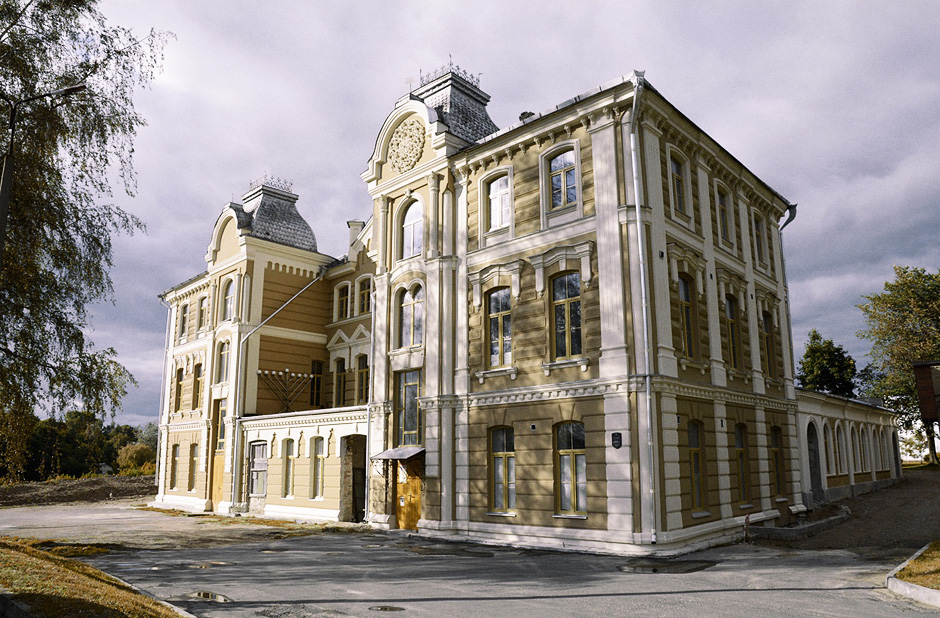
Main survived synagogues
The synagogue in the Jewish world was not just a place to pray, but also to discuss various issues and study. The first synagogues on the territory of Belarus appeared already in the 14th century. There was at least one synagogue in each shtetl by the end of the 19th century. To put this in perspective, there are only 11 synagogues in Belarus today.
![]()
The Great Synagogue of Hrodna is one of the largest in Europe and the oldest in the entire former USSR.
The first version of the synagogue was built in the 1575-1580s, Italian architect Santi Gucci was invited for its construction. But only 37 years later in 1617 the synagogue was destroyed in the fire. Then it burned down several times more and was restored again.
The 1940s were the most terrible years for the Hrodna synagogue. First, it was shut down by Soviet authorities. Then during the WWII German troops brought Jewish people here before sending them to concentration camps. The rich decoration of the synagogue was plundered. And later the building was used as a food factory, pharmacy management and even as a workshop.
After the collapse of the Soviet Union, the synagogue was given back to the Jewish community. Thanks to its effort, the building was restored: a part of the facade and interior decoration have already been repaired. The synagogue is open not only for prayers, but also for ordinary visitors: there is the Museum of the History of Hrodna Jews. Here you can make a donation and help to restore the synagogue.
![]()
One of the oldest Belarusian synagogues was built in 1642. Its appearance is quite different from the synagogue in Hrodna, because it was built as an important part of the city's defensive system. But there were a beautiful stucco molding, ornaments and wall paintings behind the powerful walls. All this beauty began to decline after the fire in 1881. But the synagogue continued to work anyway, until the building was taken away from the Jewish community by the Soviets, and it was used for some economic needs.
Today the synagogue belongs to the Jewish community, but, unfortunately, they haven’t found enough money to restore it yet and the building continues to slowly deteriorate. To get inside, you have to literally climb through the hole in the wall. Perhaps it is not too safe, but you should not miss the opportunity to admire the beautiful outlines of gradually falling bas-reliefs and inscriptions in Hebrew.
![]()
The synagogue in Ašmiany stands out for its appearance, which combines local architectural traditions, Jewish flair and even the spirit of the East.
The building still exists, today the exhibition hall of the local history museum works there. Like most other unique sights in this guide, the Ašmiany synagogue is still looking for private funds for conservation. First of all, the unique paintings that have been preserved inside the building need to be kept.

Cemeteries
A hundred years ago it was really difficult to imagine a Belarusian town or a village without a Jewish cemetery. But in the 1940s, a lot of them were defiled and closed. And later, the Soviet authorities could open, for example, a kindergarden or a football stadium at the site of a cemetery.
![]()
![]() Cemetery in Rakaŭ
Cemetery in Rakaŭ
Rakaŭ was a nice Jewish place; before the Second World War, about 60% of its population was Jewish.
The Jewish cemetery in Rakaŭ is one of the oldest in the country. The earliest tombs date back to the mid-17th century. It is located in the very center of the town - you can identify the entrance by the big star of David at the entrance gate.
Fortunately, this cemetery managed to avoid the fate of most Jewish cemeteries. The Soviet authorities didn’t have enough money to liquidate it, although the cemetery has gone pretty dilapidated. But thanks to the Jewish diaspora, it was restored, and today you can even wander among the matzevahs with inscriptions in Hebrew.
![]()
![]() The Cemetery In Druja
The Cemetery In Druja
The small town of Druja in the Viciebsk region is located on the very border with Latvia. Its unique Jewish cemetery is considered one of the oldest in Belarus; the first burials were given in the 16th century. It’s also the only place in Belarus where you can see colored paintings on matzevahs.
Part of the cemetery has already been demolished or excavated. It is now difficult to distinguish inscriptions on matzevahs, but preserved ones are definitely worth seeing.
![]()
![]() The Cemetery In Lenin
The Cemetery In Lenin
The village with such a poetic name is not really connected with that Lenin. The village was first mentioned in 1568 under this name. Here you can see unique wooden matzevahs.
Such matzevahs were kept only in two places all over the world: in the city of Unecha in Russia and in the Belarusian Lenin. The cemetery is semi-abandoned, but on ancient matzevahs one can still see letters written in an intricate alphabet. In fact, wooden matzevahs are a very strong rupture of the Judaism canons. Some researchers suggest that such graves indicate extreme poverty of the deceased.
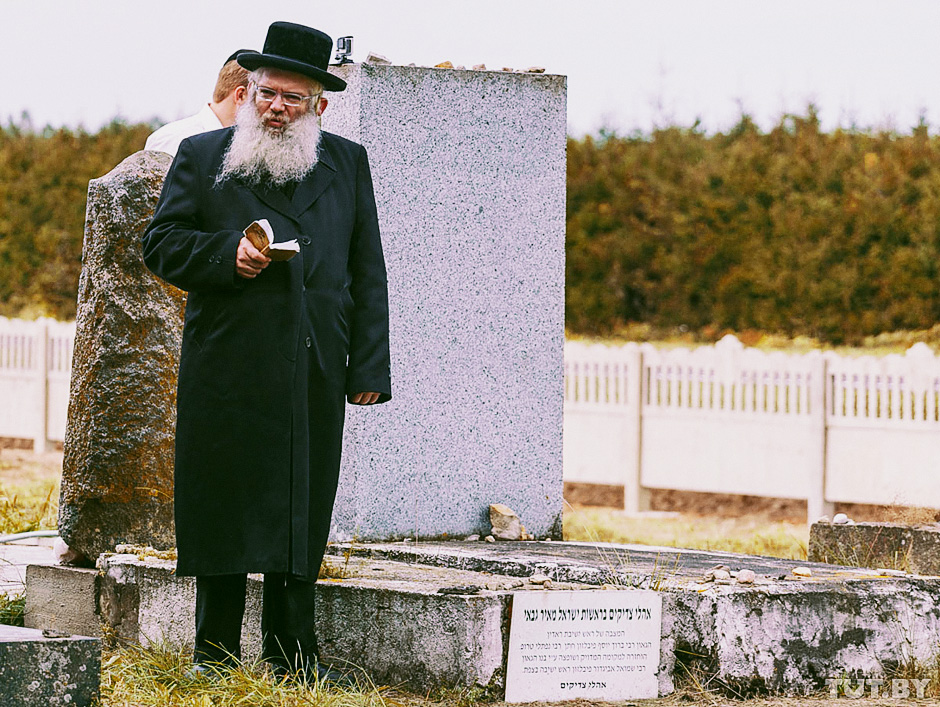
Places Associated With People
Belarus gave to the Jewish (and not only) world many famous and important personalities. Presidents of Israel, philosophers, theologians, spiritual leaders, actors, artists – the list of famous names is impressive. Memorials and museums have been created to honor the memory some important figures for Jewish culture.
![]()

Rabbi Chafetz Chaim and his grave in Raduń
Once a year, the village of Raduń in the Hrodna region comes to life. Hundreds of Jews from all over the world gather there to pay homage to Chafetz Chaim, an outstanding Talmud scholar. He left an incredible legacy: his work on slander is considered very important in the Jewish world. And some researchers believe that Chafetz Chaim predicted the Shoah.
In Raduń you can see the recently restored grave of the philosopher. But to fully immerse yourself into the topic, come here on the day of the rabbi's death. He died 24 Elul in the Judaic calendar. But the Jewish calendar is floating, so every year in the Christian calendar this date is changing.
![]()
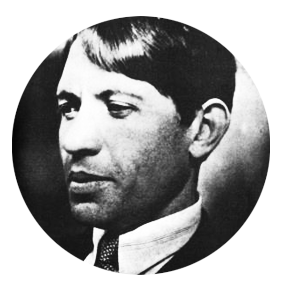
Artist Chaim Sucin – The Genius Of The Paris School
One of the representatives of our people in Paris Chaim Sucin was born in the town of Smiłavičy, which is not far from Minsk. In Belarus, the genius lived a very poor life, and even the canvas and brush were a luxury for his family. Perhaps that is why his talent completely revealed itself in Paris.
The memory of the famous artist is honored in his native town. There is a museum "Sucin’s Space", where you can get acquainted with the brilliant artist’s creative work and different periods of his life. The grave of the artist is in Paris, but in Smiłavičy you can see the grave of his father, grandfather and great-grandfather. They were restored by the efforts of volunteers several years ago.
Besides Sucin other artists of the Paris school were born in Smiłavičy: Michaił Kikoin and Šraha-Fajbiš Carfin. Information about them can also be found in the Smiłavičy Museum.
![]()
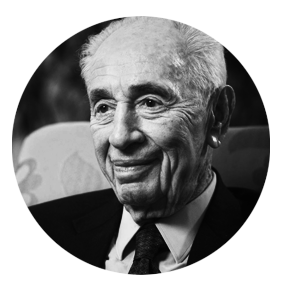
Nobel Peace Prize Laureate Shimon Peres and his house in Višnieva
The famous Israeli politician and winner of the Nobel Peace Prize was born in Vałožyn area in the village of Višnieva. When he was 11, his parents emigrated to Israel. However, he did not forget his homeland: he came to Višnieva twice and spoke Belarusian. The house where the politician lived was not preserved, but it was restored by local authorities. You can recognise it by its blue color and a memorial tablet.
No special memorial or museum in Višnieva has been created so far. But the locals will tell you the story of Shimon Peres’s life.
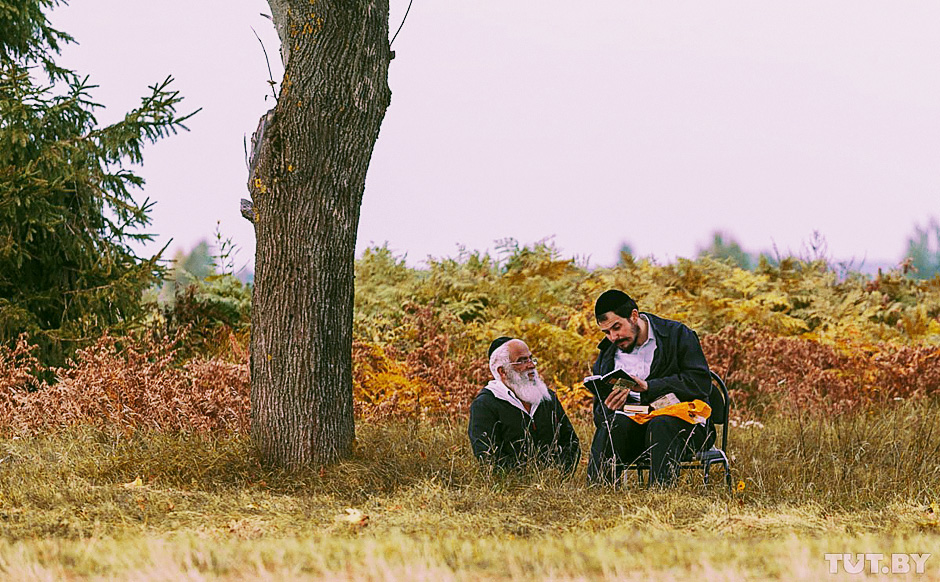
Jewish Belarus Now
The Jewish community in Belarus continues to live and develop. They not only preserve and restore antiquities, but also create new projects. Synagogues, museums and even schools – what is modern Jewish Belarus?
![]()
![]() New Synagogue In Viciebsk
New Synagogue In Viciebsk
In October 2017, at the birthplace of Marc Chagall in Viciebsk a synagogue was opened for the first time in 100 years. It is built according to all the canons of Judaism. Inside, you can see 12 light steps that lead up. There is a mikveh (a pool for ritual ablutions), where rainwater enters. The eastern wall of the synagogue is built with stones from Jerusalem, which symbolize the Wailing Wall.
The synagogue fits harmoniously into the general view of the old buildings along Hrybajedava Street. If all the new buildings looked like this, then we certainly would not have to be ashamed of the modern look of the Belarusian cities.
![]()
![]() Museum Of Jewish Resistance & A New Memorial In Navahrudak
Museum Of Jewish Resistance & A New Memorial In Navahrudak
In 1943 more than 300 prisoners managed to escape from the Navahrudak ghetto. It was the largest Jewish escape during the Second World War in Europe. The prisoners dug a 200 m long tunnel in four months.
After 63 years, it was decided to perpetuate their feat and open the Museum of Resistance in Navahrudak by the efforts of the survivors’ descendants (and among them - the ancestors of Donald Trump's son-in-law Jared Kushner).
The museum reconstructed a tunnel through which the prisoners escaped, also there you can see photos and information about the partisan detachment of Tuva Belsky, the tools that the prisoners used to dug the land, bunks, etc.
Not far from the museum there is a monument to the victims of the Holocaust, which depicts a 12-year-old girl Michła Sasnoŭskaja. She managed to escape from the ghetto, but was shot by the Nazis. Her story touched the local businessman so much that he decided to build a monument on his own money.
![]()
The only Jewish school in Belarus works in Pinsk, which was called a "Jerusalem of Palesie" a hundred years ago. Children do not necessarily have to be Jewish or to be just boys to study there. But only ethnic Jews can count on free education, others have to pay, but basically people of any origin can study here.
The author wants to thank Grigory Heifetz for assistance in writing the article
Text by Ksenia Tarasevich, translated by Alexandra Murashko. Photos by Grigory Heifetz, Arkady Sobolev, palasatka, Igor Remzik (tut.by)
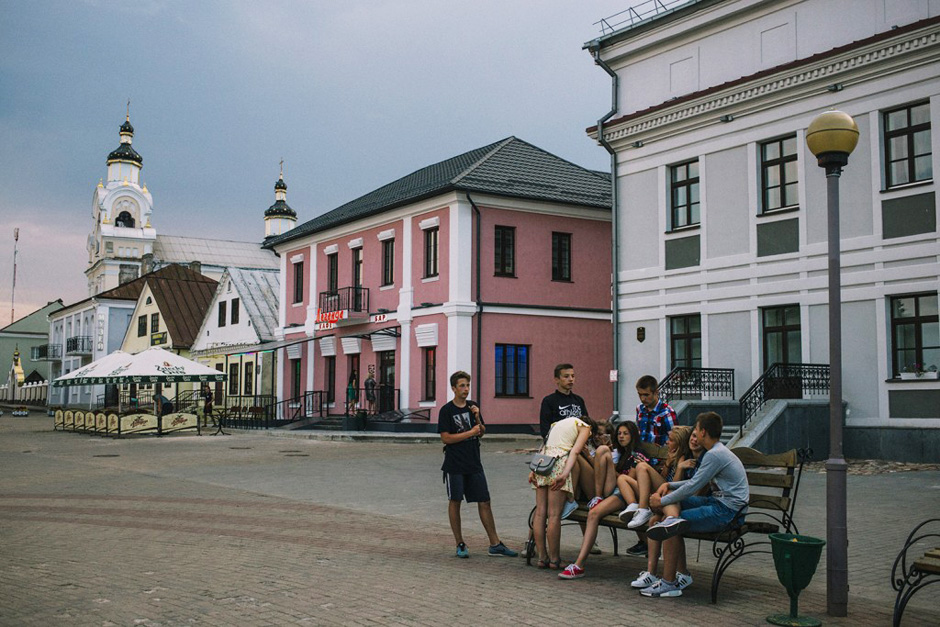

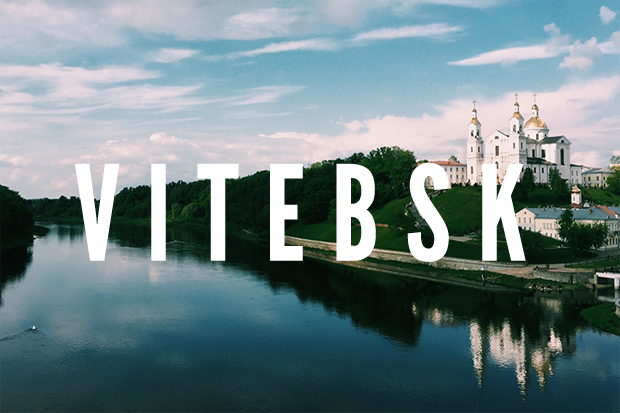
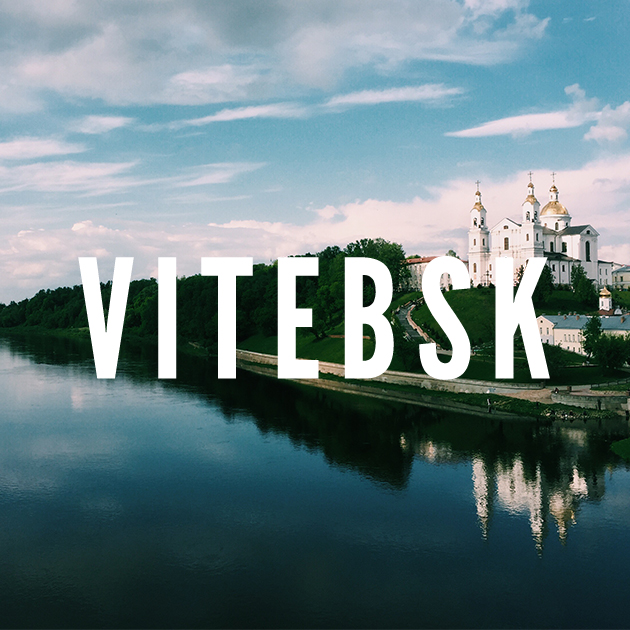


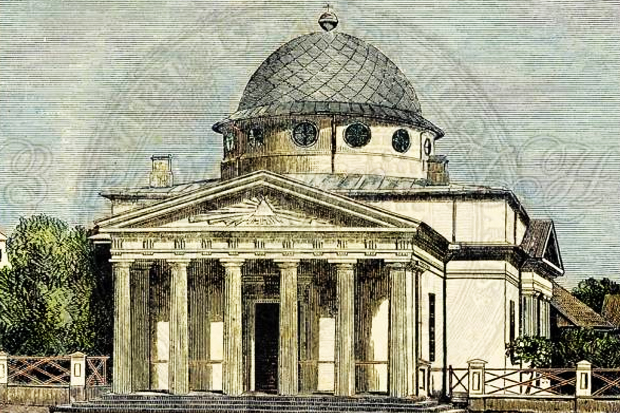
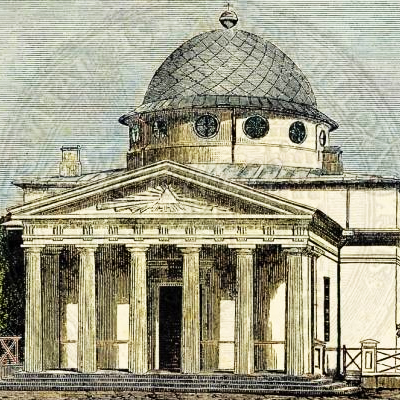
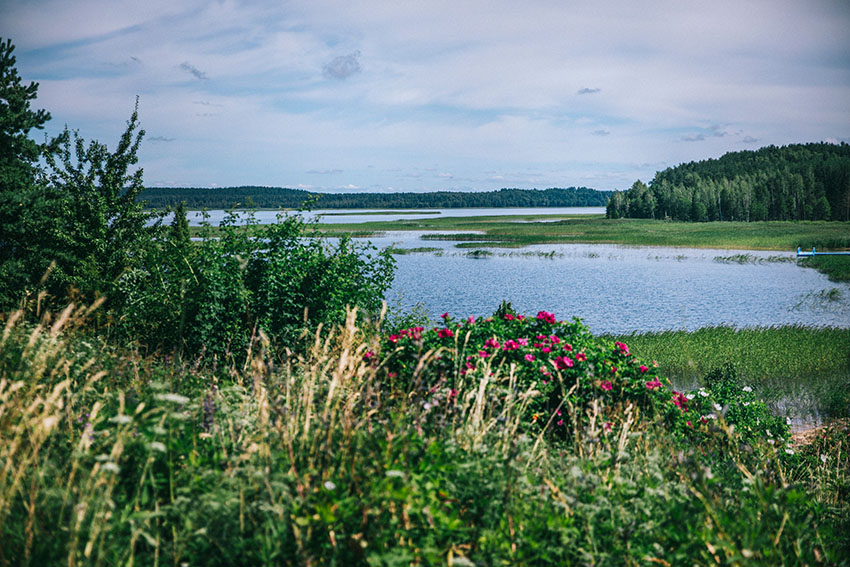
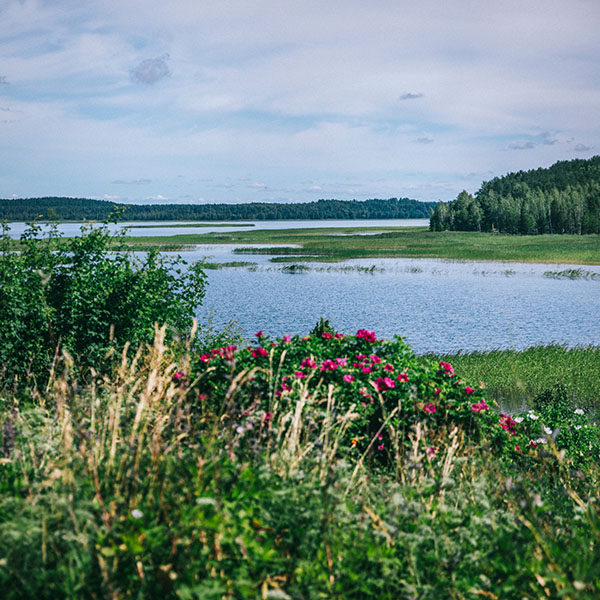


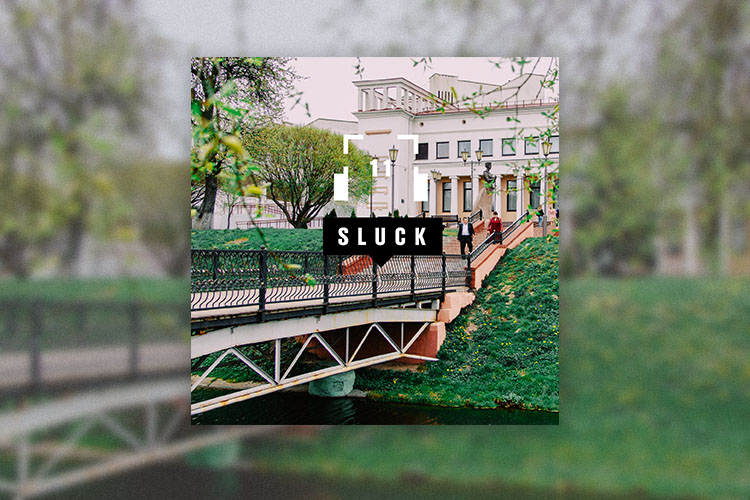
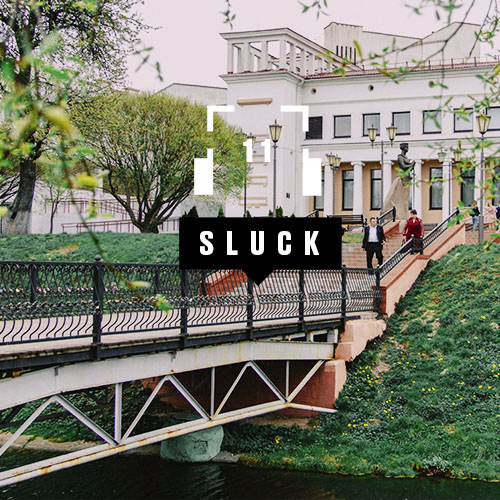

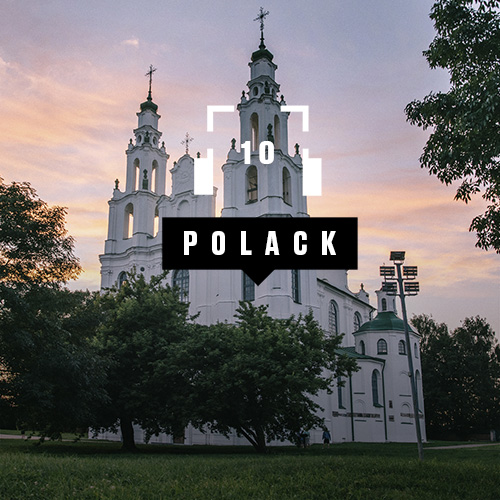
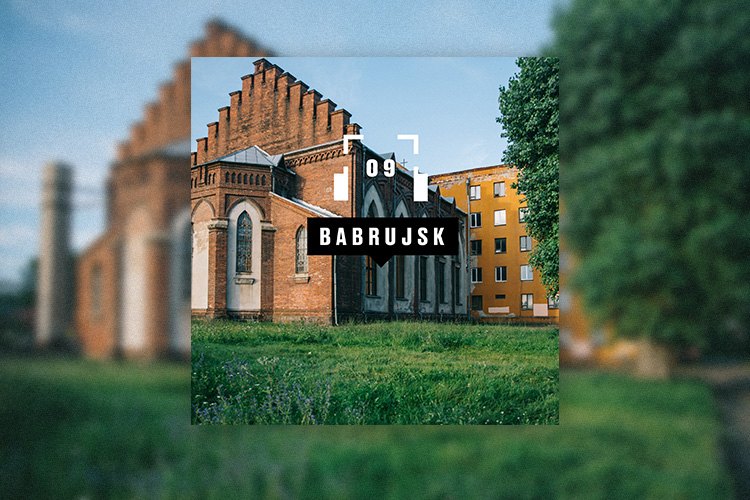
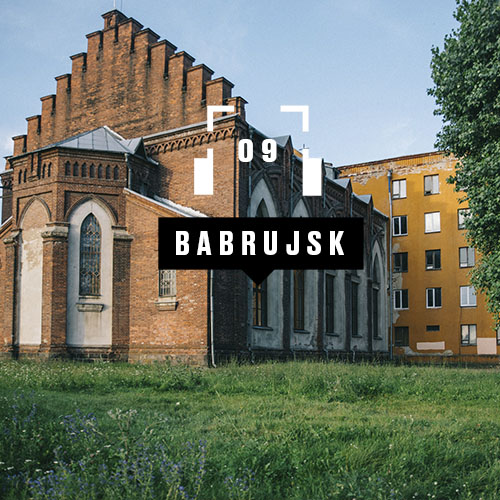


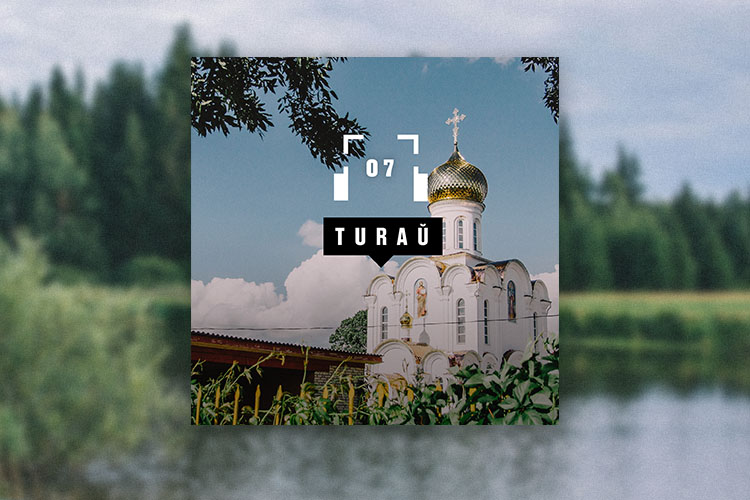

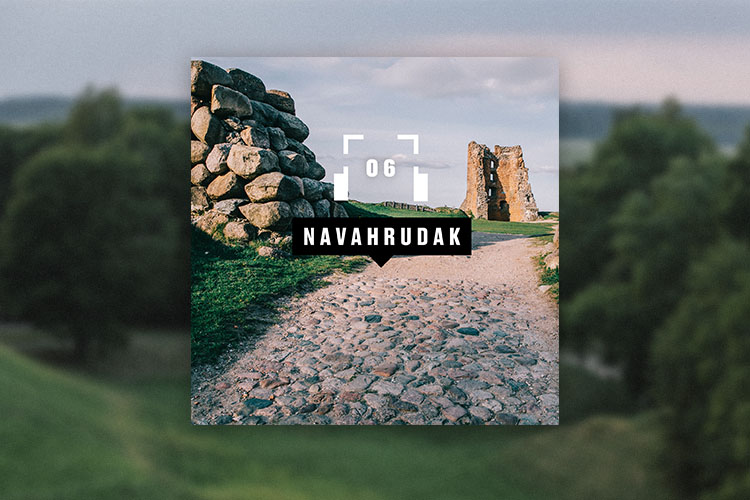
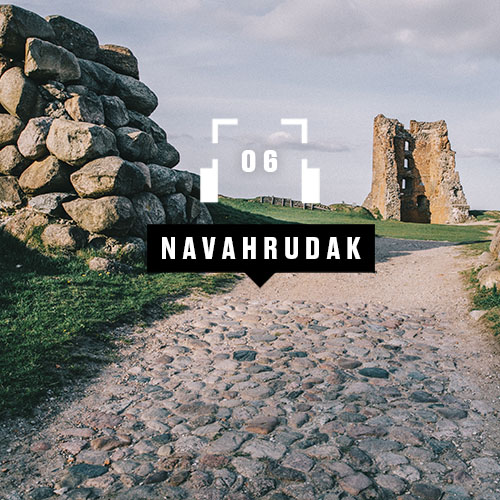
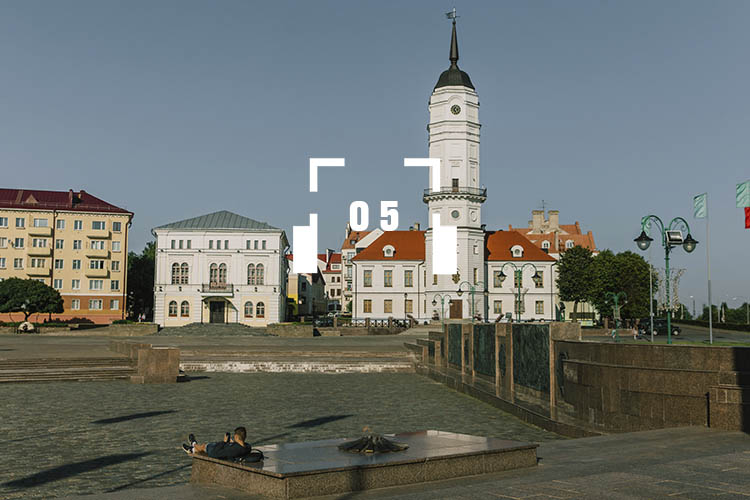
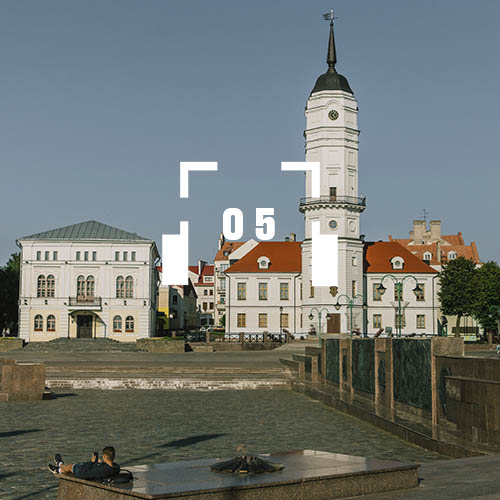
Comments (1)
What about Motele (Motol)? Is there some Jewish life?